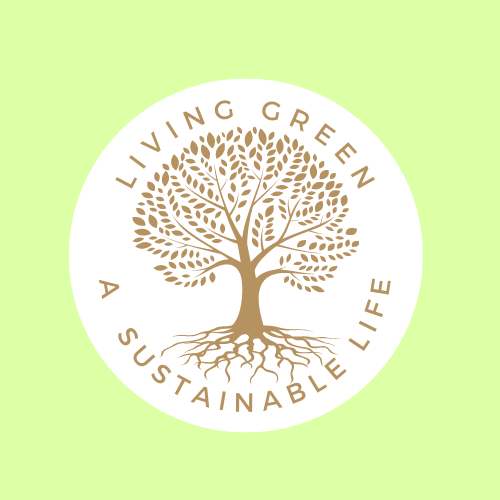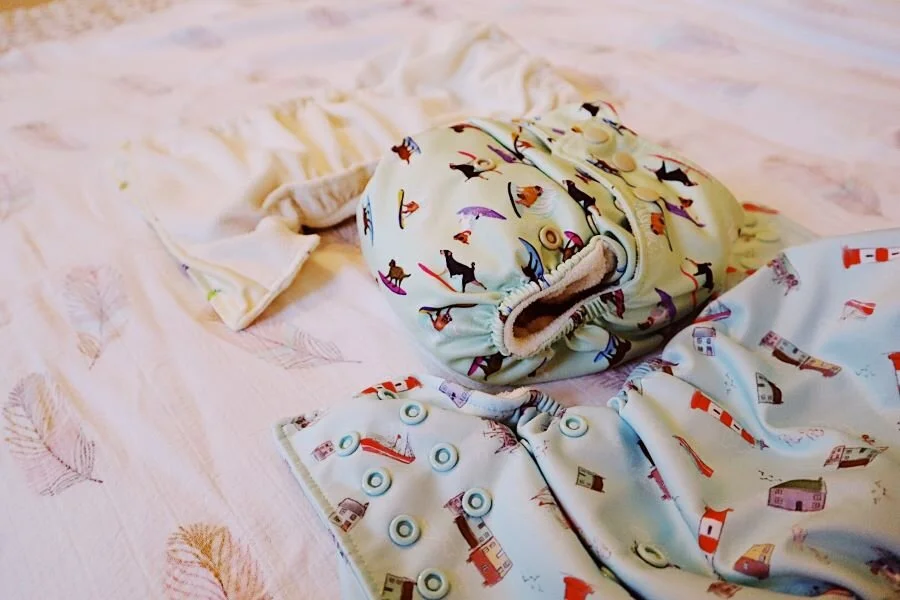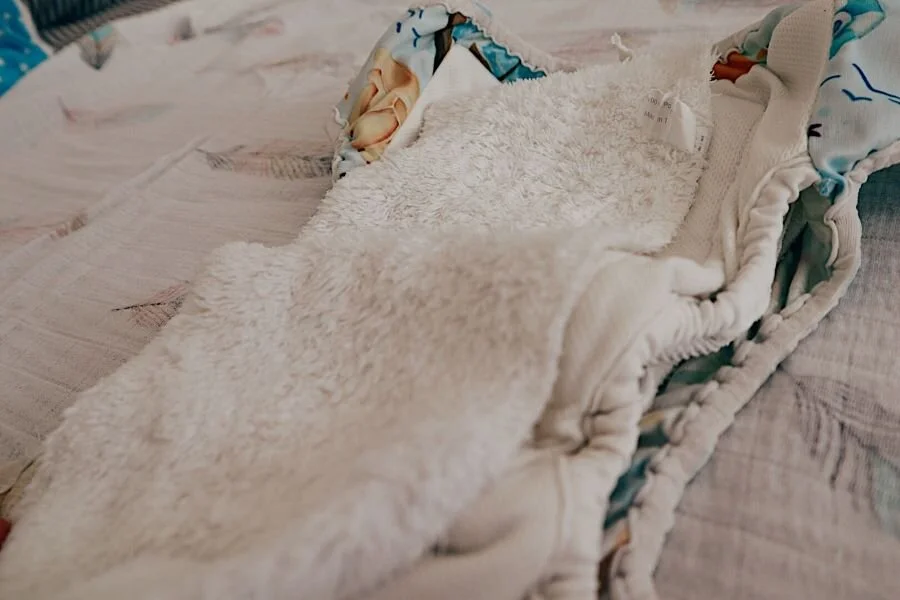How to Fix Your Wash Routine. Cloth nappy problems.
Like with so many things in life, using reusable nappies can have its up and downs. This causes so many to throw in the towel too soon. Let’s face it if you had a problem with a disposable nappy you would likely just switch brands or maybe even just live with it. Why? Well because disposable nappies are the norm. What we need to remember is there is a solution for all problems when it comes to cloth nappies. It’s how so many of us make them work so well for us and our families for so long.
The main problem families face when using cloth nappies is getting the right wash routine to suit them. This means taking into account the size of your washing machine, using the right detergent, the right amount and not damaging your nappies in the process.
This all sounds a little scary but I promise it’s not. Just make sure you tweak things to fit your needs.
1.Switch your washing detergent.
If you feel you nappies are not coming out of the washing machine clean enough I recommend starting with looking at what detergent you are using.
It’s best to use laundry powder with cloth nappies rather than liquid. This is because powder is more effective at cleaning and rinses out better leaving no residue behind which could effect absorbency or irritate babies skin.
Most laundry powders found in your local supermarket will work well cleaning cloth nappies though I recommend avoiding cheaper supermarket brands such as Lidl and Aldi. These are fine for everyday washing but are bulked out with soapy suds and therefore to do not clean as effectively. I would also avoid eco options such as E-cover. It’s not often I recommend avoiding eco products but unfortunately I have yet to come across one with enough effective cleaning for cloth nappies.
Though you can use biological powder on cloth nappies most nappy manufacturers recommend using non-bio to extend the life of the nappy. Bio washing detergent will wash better at low temperature or wash at a higher temperature (60 degrees) with non-bio. This is personal preference.
Read: “The Best Washing Detergent for YOUR Cloth Nappies.”
2.Tweak the amount of detergent you are using.
Another common mistake many parents make is using too much or too little detergent for their washing machine and their area.
Start by using the FULL amount of detergent recommended on the side of the detergent box. Follow the instructions for the size of your machine, the type of water in your area (you can always google this if unsure) and adding however much extra is recommended for heavy soiling. Because let’s face it nappies really are soiled.
If there are still lot of bubbles at the end of the cycle add on a rinse, then on your next wash reduce the amount of detergent slightly, repeating until you find the right amount.
3. Switch the setting you use.
Choose a setting on your washing machine that is the most water intensive and the longest. This is often a cotton wash or a “baby wash”. This will give your cloth diapers the most effective wash.
I think so often (especially if your someone that has chosen to use reusable nappies) we want to use the more eco settings and lower temperature, but it is so important your nappies get a good wash or this could lead to problems. However, rest assured that even with the most water intensive washing machine you still use 4 times less water in a week washing reusable nappies than it would take to manufacture a weeks worth of disposables.
4. Fill your machine correctly.
Now you’ve made sure your using the right detergent and the right amount of said detergent you also want to make sure your filling machine correctly otherwise the above won’t matter at all. Filling your machine between 1/2 and 2/3’s full will make sure your getting good agitation (the nappies rubbing together to get a good clean.
A machine that is too empty or too full won’t make the nappies rub together nicely and won’t create all those nice bubbles for a good wash.)
If you machine is a little empty, maybe your like me with a 9kg drum washing machine, you can bulk out for nappy wash easily with small items such as tea towels, baby grows, muslins etc. Avoid anything to big like towels as they can wrap around nappies and reduce the agitation.
If your worried about washing things with nappies being gross fear not. After all this making sure your wash routine is amazing I can assure you anything coming out of that nappy wash will be the cleanest thing in your home. I trust my wash routine enough that I will put the nappies back on my tiny babies bottom. I wouldn’t do that if it wasn’t super clean so the same goes for a tea towel that honestly probably harbored the most bacteria in the house.
Also you’ve hopefully done a pre-wash on your nappies (a quick cycle wash to rid the nappies of the gross stuff before the wash), add extras after the pre-wash to the main wash so their not washing in the yukky stuff.
Read: “How to Wash Cloth Nappies. 6 steps to success.”
5. Cut the tumbler dryer out.
It may be tempting on a cold rainy day to throw your cloth nappies in the tumble drier or hang them on the radiator rather than wait days for them to dry but using s tumble dryer could damage your nappies.
Direct heat from a heated air, a tumble drier, the radiator and even the sun on super hot days can effect the waterproofing layer of your reusable nappies leading to leaks. For drying inside hang somewhere will good air flow, near but not on a radiator in winter or invest in a dehumidifier.
Obviously always hang nappies outside if you can especially on lovely sunny days but on super hot days maybe hang the things will PUL (waterproof layer) in the shade a little as this can melt them. The rest of your nappy inserts etc can bath in as much sun as they like.
Read: “How to Dry Cloth Nappies Inside Quickly.”
I hope any problems you may have had with your wash routine have been solved today. If not you can always drop me a message here or on Instagram, I’d be happy to trouble shoot any problems with you.
Hannah xx
















How many cloth nappies will you need to go full time and ditch the disposables for good?